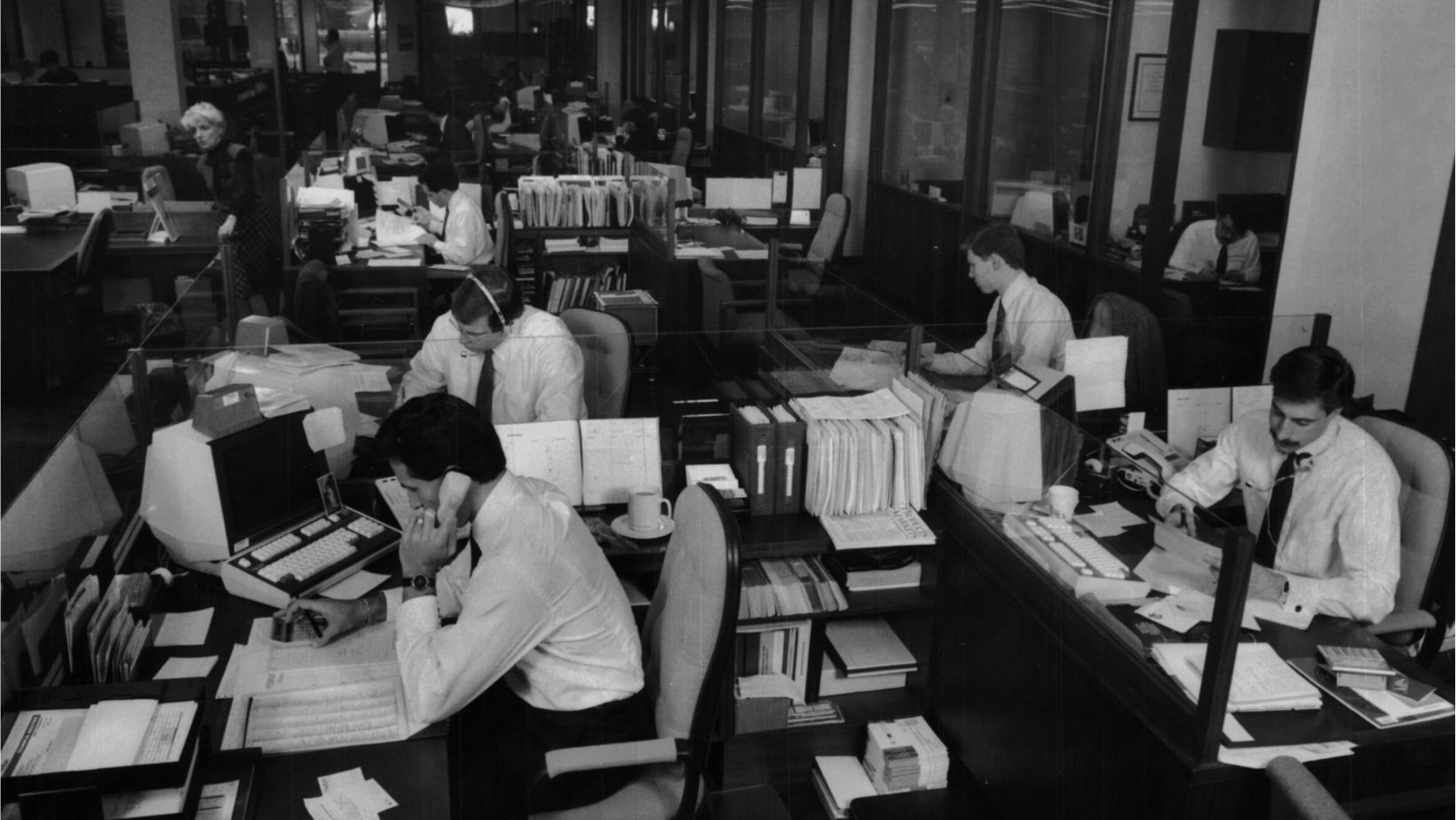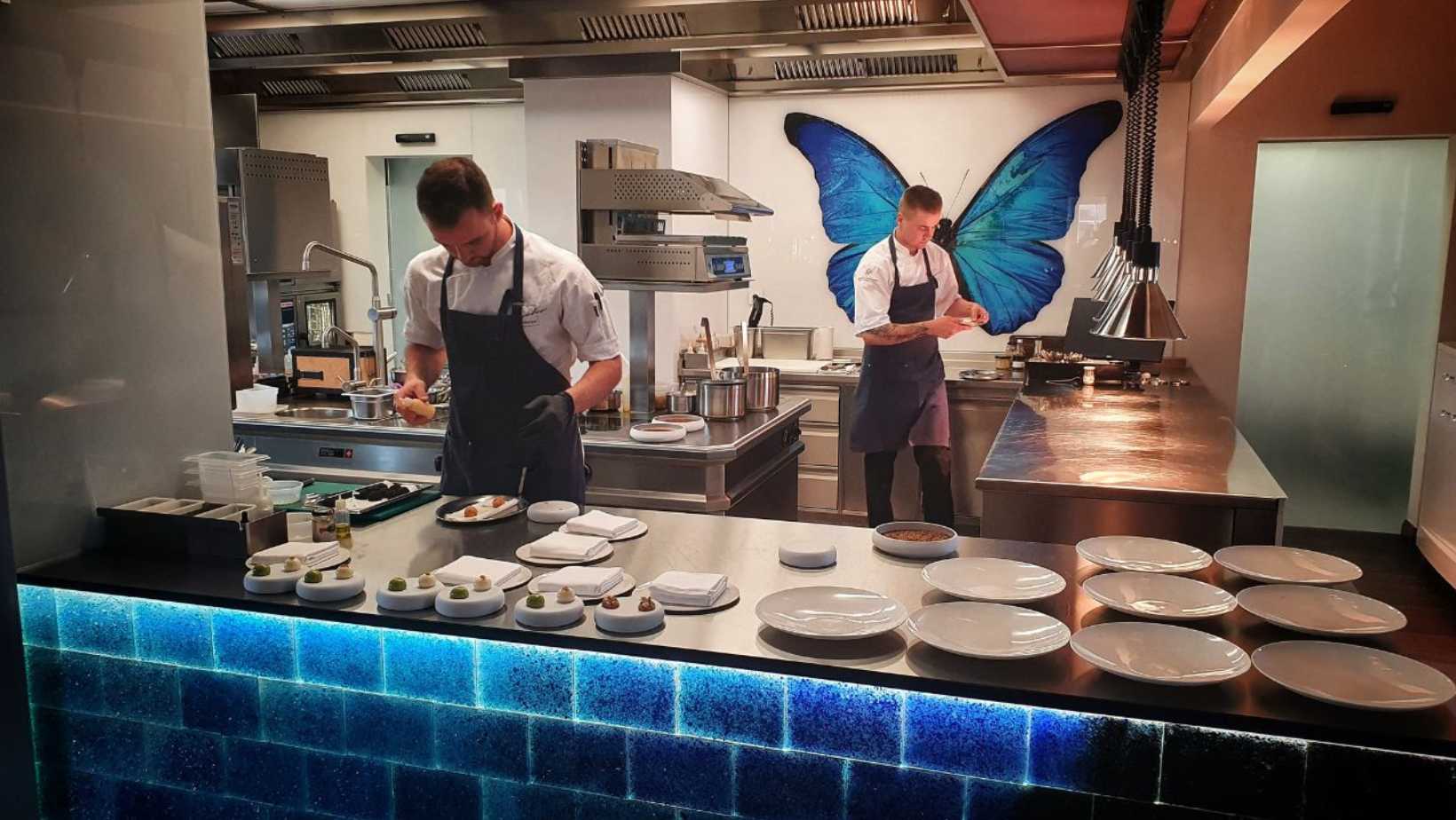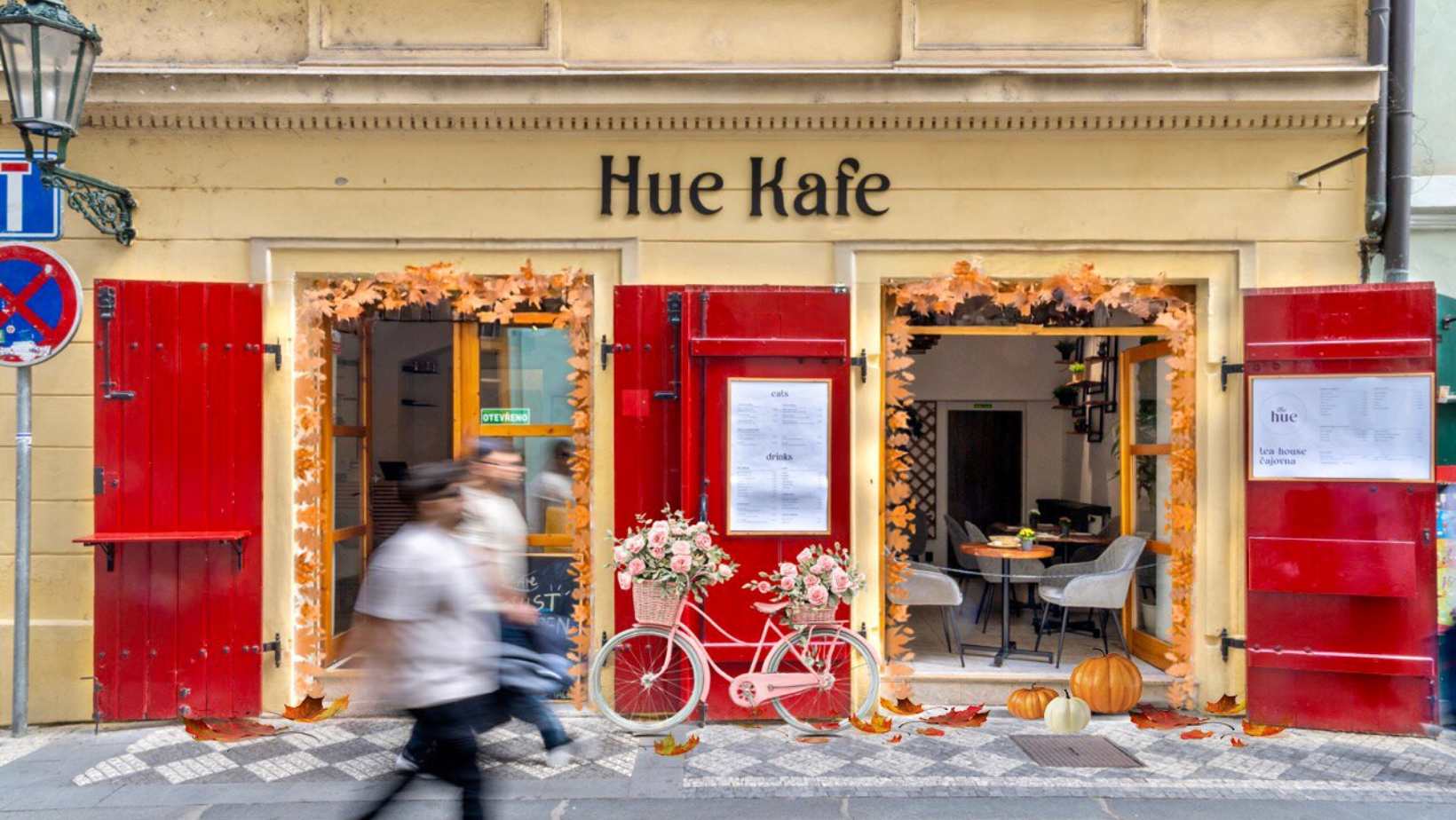Despite the fact that the majority of employees had planned to go back to the office for 2-3 days a week in both 2021 and 2022, actual occupancy rates in corporate offices currently stand at only 35%.
People go into the office the most on Tuesdays and the least on Fridays. On that day average occupancy is only 17%. The eight-hour office workday is now a thing of the past.
Employees most often spend 9–12 hours in the office in a single day. This finding comes from a study conducted by Colliers in collaboration with the workplace occupancy analytics platform Basking.io.
According to this study, 44% of employees visit their corporate office once a week; 38% 2-3 times a week; and 18% 4–5 times a week. The study also showed that the eight-hour office workday is now a thing of the past. Just under half of respondents spend 9–12 hours per day in the office; one-third spend 6–8 hours; and one-quarter spend just 2–5 hours. “European countries lead in office occupancy. Meanwhile, in the US or South American countries, employees use corporate office even less,” says Jana Vlková from Colliers.
She adds that the reasons for this can vary: from longer commuting times to the availability of digital infrastructure on to company habits and the degree of individual workstyle preferences in different nations. European countries also have their specific differences.
For example, the UK, the Netherlands, Belgium or France have lower occupancy rates than countries where people prefer more personal contact with colleagues and favour teamwork. The latter include Greece, Macedonia, and Romania. “The Czech Republic represents a happy medium in this regard,” adds Jana Vlková.
This is confirmed by data from a survey conducted by the Czech industry association ABSL (Association of Business Service Leaders), which looked at levels of working from home in offices for business and IT services. According to that survey, 62% of employees work from home 2–4 days a week; 9% work from home only 1 day a week; and 29% work from home all week. Despite this reality, 19% of companies still want to expand their office space.
However, according to experts from Colliers, office structures will be different than before. “Probably the most important change that will affect corporate offices will be greater emphasis on spaces designed for collaboration and team meetings. Whereas in pre-pandemic offices a full 70% of the space was dedicated to individual workplaces and 30% to meeting rooms and other spaces, today the ratio is changing. 30–40% of space is now dedicated to individual workplaces and 60-70% is allocated for team collaboration or relaxation,” explains Jana Vlková. Workplaces themselves have also changed. Before the pandemic, companies usually planned for 10–12 m2 per desk. Today, they set aside 14–16 m2.
However, as it is now much more common to share workstations, there is an actual reduction per employee of 6–8 m2. In fact, when sharing workstations, businesses usually calculate a ratio of 0:33–0.7 desks per single employee. Then there are the new dedicated collaboration project rooms, where employees sit at a semicircle-shaped table and, thanks to hybrid collaboration technologies and large screens, interact with colleagues who are in their home offices.
What do employees have to say about this?
The study also focused on employee experiences with the new office concept. Compared to pre-pandemic levels, their satisfaction has increased. They cited new layouts and hybrid working as the main reasons for this. Office-based employees’ interest in hybrid work arrangements is further evidenced by a recent Gallup analysis.
The Gallup research found that only 3% of employees in the professional services sector with the ability to work from home said they would prefer to work entirely from the corporate office. On the flip side, only one in three employees prefers to work entirely from home.
Two out of three workers (including roles such as engineers, consultants, programmers or finance experts) prefer a hybrid work format. A new work environment layout can thus perfectly support their needs.
-
NEWSLETTER
Subscribe for our daily news











